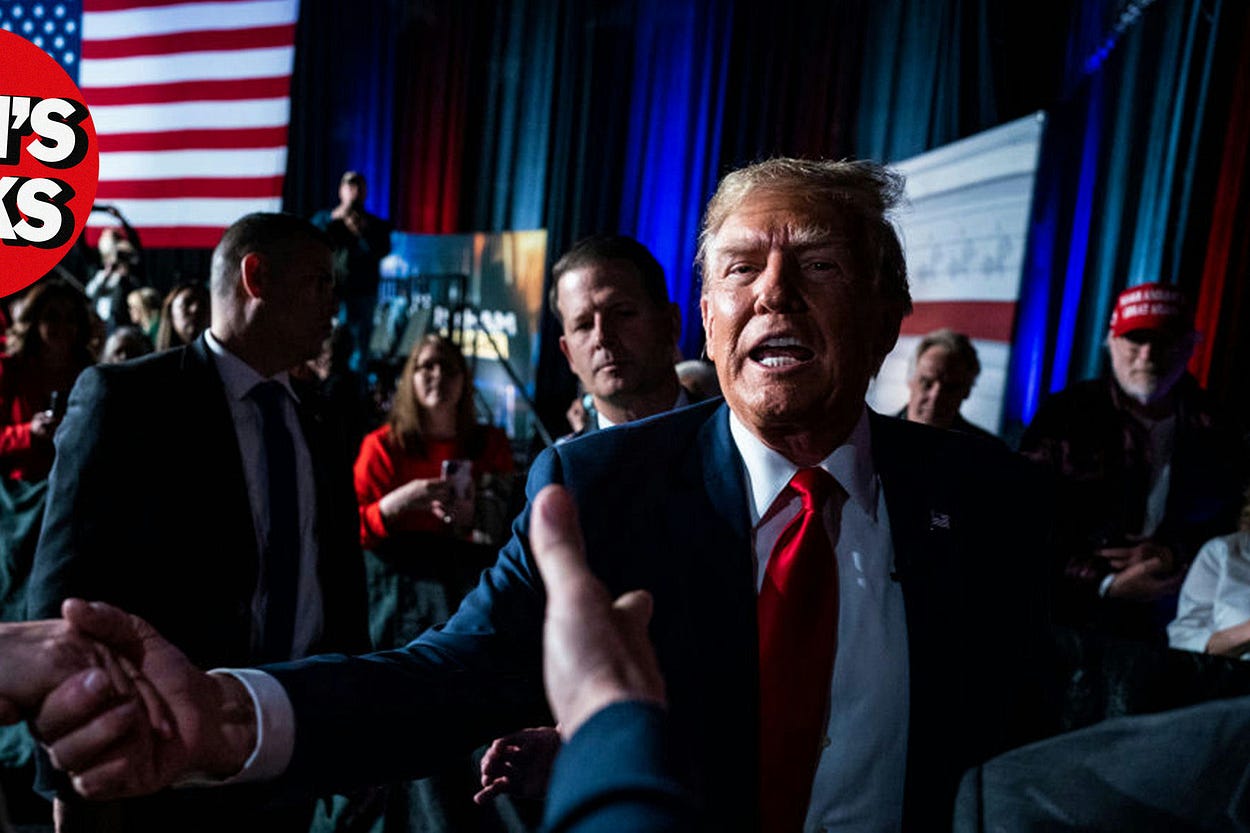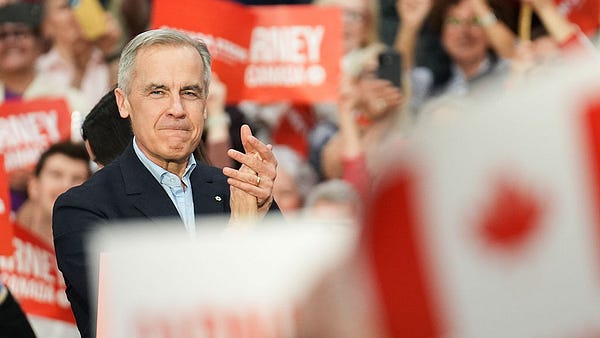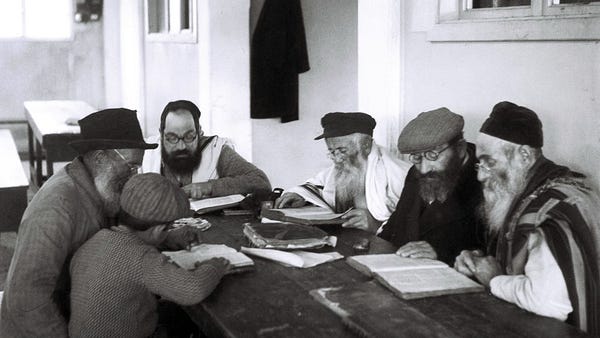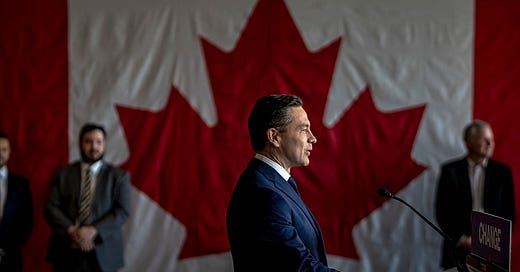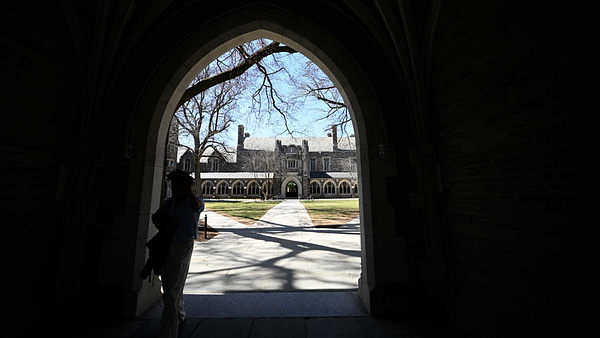
The Free Press

Faced with Trump administration threats to cut billions in federal funding unless it allowed sweeping new government supervision of its operations, Harvard University had a two-letter answer: “No.”
And so the university finds itself facing the loss of $2.2 billion in support and a potentially open-ended conflict with a president who, for the moment at least, exercises total control over the levers of power in Washington.
You can’t help but admire Harvard for its willingness to take this financial hit on behalf of its principles, when other institutions Trump targeted—notably big-name law firms and Ivy League peer Columbia—caved.
In fact, it’s hard to see how Harvard could not have pushed back. As laid out in an April 11 letter, the conditions the administration sought to impose on Harvard, in the name of combating antisemitism, allegedly racially discriminatory DEI, and allegedly biased “intellectual conditions,” appeared even more intrusive than those to which Columbia reluctantly submitted—without, so far, definitively appeasing the administration.
There was no way, consistent with academic freedom, for Harvard to accept the administration’s demand to “audit the student body, faculty, staff, and leadership for viewpoint diversity, such that each department, field, or teaching unit must be individually viewpoint diverse.” Actually, it’s not immediately clear how such a provision could be precisely defined, let alone consistently enforced.
And this was one of several such proposed conditions that Harvard’s president, Alan Garber, correctly described as an attempt “to control teaching and learning at Harvard and to dictate how we operate.”
If the administration were sincerely interested in the very real problems of antisemitism and intellectual diversity on campus, the university plausibly argues, it might have given Harvard credit for positive steps it has taken since coming under pressure, both internal and external, 15 months ago over its feckless response to anti-Israel campus protests and antisemitic incidents on campus.
And yet any sympathy for Harvard has to be tempered by the knowledge that the school—and others like it—brought much of their current predicament on themselves.
The expression “they’re framing a guilty man” comes to mind. This is the university that once penalized a law professor, Ronald Sullivan, for serving as legal counsel for Harvey Weinstein, widely reviled as an accused rapist, but constitutionally entitled to a defense. Harvard subsequently promoted another dean to president, Claudine Gay, who gave key verbal support to student protests against Sullivan.
This is a school that once tried to strong-arm a quarter of its students into abolishing their single-sex clubs, fraternities, and sororities, because “their fundamental principles are antithetical to our institutional values.”
And of course, this is a university whose response to antisemitism on its campus includes a high-level task force that has still not published final recommendations more than a year since Garber established it.
That prompted one of his predecessors, Lawrence H. Summers, to complain on X March 3 that “Harvard continues its failure to effectively address antisemitism.”
Harvard was already paying a price for all this. Before the Trump administration got into the act, Harvard’s very own alumni were cutting its cash flow in protest: Donations fell 14 percent during fiscal year 2024.
Still, there’s a huge difference, legally and constitutionally, between a federal threat to withhold funding and a private one.
To be legitimate the former has to follow the law, and under the relevant civil rights statute—Title VI—the government is required to formally document allegations such as those the administration is making against Harvard, and to cut funding only to the specific programs that have been found to discriminate. The Trump administration has yet to do that.
For all of the above reasons, Harvard stands a good chance of winning this struggle in the courts of law, but a not as good one in the court of public opinion.
The post–World War II system that channeled billions of dollars into higher education rested on specific statutes, to be sure, but its deeper source of authority was a broad consensus to the effect that colleges and universities, epitomized by Harvard and the other Ivies, are reliably competent and public-spirited.
That consensus is gone or nearly gone, torn apart by grievances that range from cancel culture to exorbitant tuition to complaints—originating on the feminist left—about allegedly rampant rape and sexual harassment.
According to a 2024 Gallup poll, Americans are divided among those who have a great deal or quite a lot of confidence in higher education (36 percent), some confidence (32 percent), or little or no confidence (32 percent). A decade ago, 57 percent had a great deal or quite a lot of confidence; only 10 percent had little or none.
And within this decreasingly popular sector, the Ivy League, once admired, is now the least popular—as the administration knew.
Harvard tempered its defiance of the Trump edicts ever so slightly just after announcing it. The first published version of a letter from Garber had said that Harvard “will not negotiate over its independence or constitutional rights.” A second, amended version vowed only that the school “will not surrender its independence or relinquish its constitutional rights.”
To be sure, Harvard’s actions since the funding cutoff—lawyering up, taking out a $750 million loan—suggest it is girding for a long fight.
But that change in Garber’s letter signals that, for all its bold talk this week, the university isn’t ruling out the same approach other institutions settled on: a deal with Donald J. Trump, for the money.




